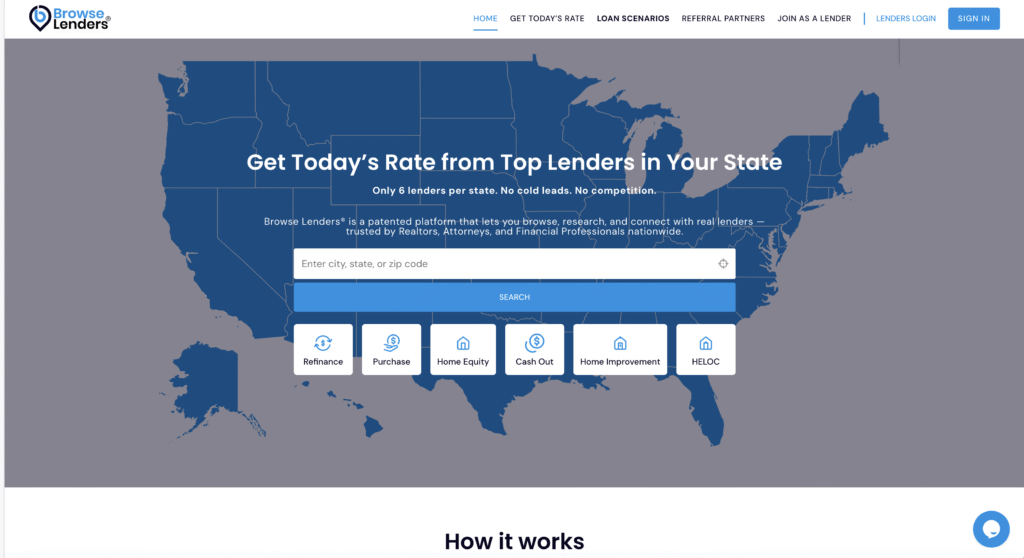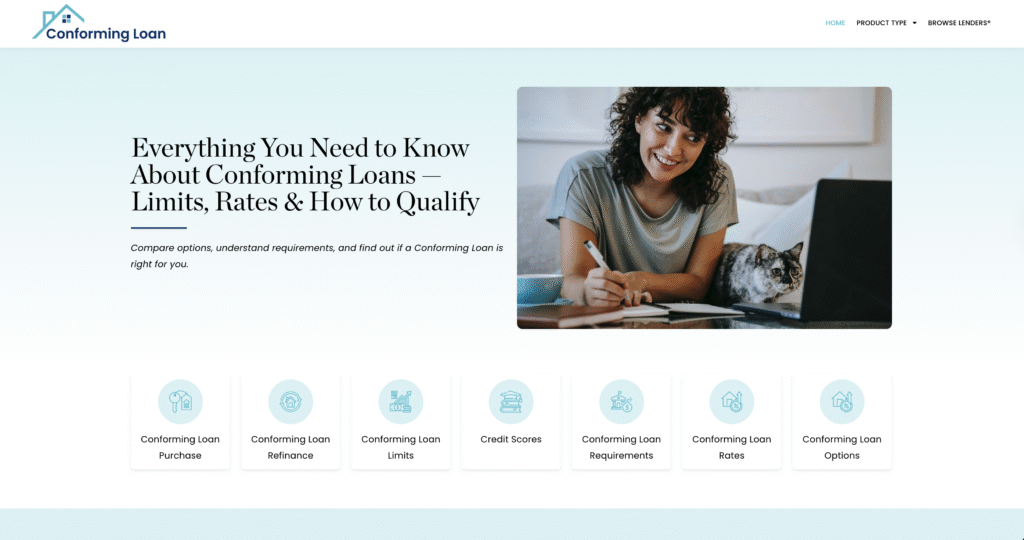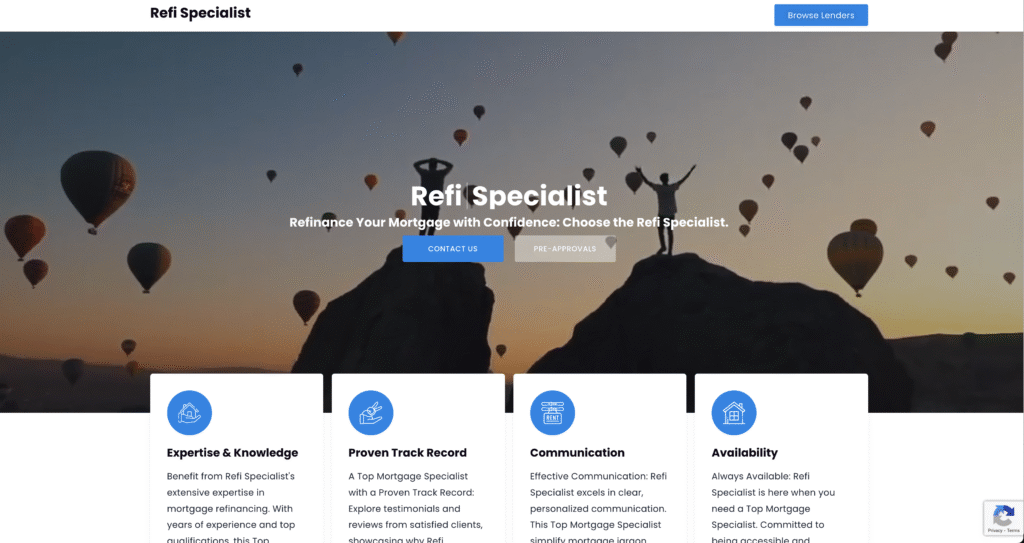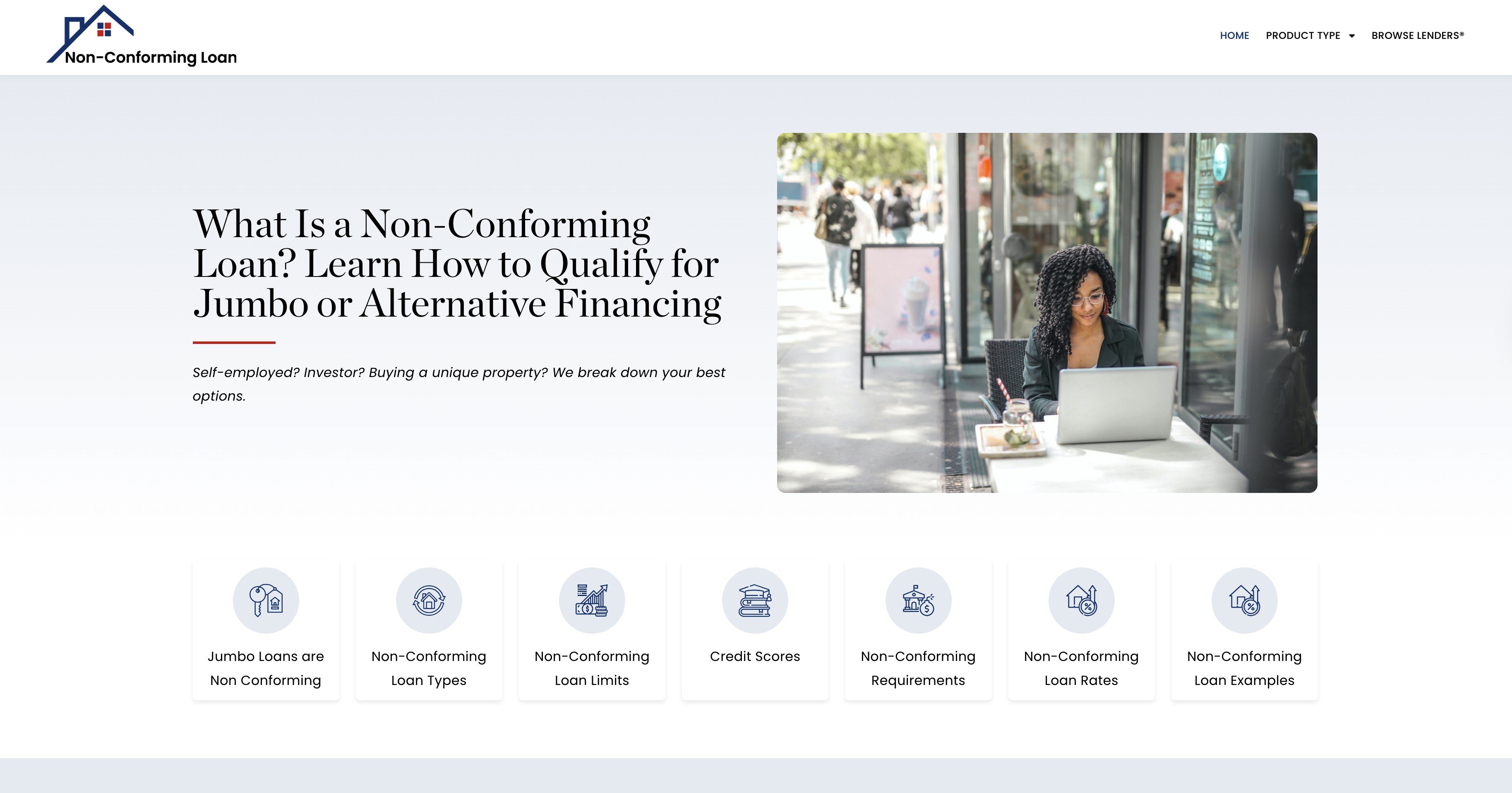Case Study: How One Borrower Gained 80 Points by Reducing Credit Card Utilization
One of the most powerful levers you can pull to boost your credit score quickly is reducing your credit card utilization. This seemingly simple strategy is often overlooked or misunderstood, yet it remains one of the most actionable and impactful methods for increasing your FICO score in a short time frame. In this case study, we’ll follow the journey of Jeremy, a borrower who strategically paid down his revolving credit balances and raised his FICO score by 80 points in just under three months. His story not only highlights the numerical results but also offers insights into mindset, planning, and the long-term benefits of financial discipline.
Whether you’re preparing for a major loan, managing a financial comeback, or simply want to improve your Middle Credit Score® to access better lending terms, this real-world example shows just how effective credit utilization management can be. Understanding how credit scoring models evaluate utilization—and knowing how to manipulate those metrics in your favor—can provide a fast track to stronger financial standing.
What makes this case even more compelling is that Jeremy didn’t need to use complex financial instruments or advanced credit products. He used cash he already had and deployed it in a way that was tactically optimized to influence his score the most. No new accounts were opened. No credit repair services were hired. No disputes or deletions were filed. This was simply a matter of knowing how credit scores work and making a series of highly strategic payments timed around credit reporting cycles.
We’ll take a detailed look at how Jeremy identified the problem, chose which cards to pay down, structured his payments, timed his transactions around statement closing dates, and monitored his results. We’ll also explore the broader impact of his improved score, including how it affected his ability to refinance a car loan and qualify for a mortgage with more favorable terms. Most importantly, we’ll walk through the mindset shift Jeremy underwent—from being score-focused to becoming financially empowered.
By the end of this case study, you’ll see that increasing your credit score isn’t just about the number. It’s about creating a ripple effect of financial opportunity—from lower interest rates and higher approval odds to less financial stress and more purchasing power. You’ll also learn that anyone can do what Jeremy did, provided they follow the right process and remain committed to execution. This is not just a story about one borrower. This is a roadmap for anyone serious about transforming their credit health.
Jeremy’s Starting Point
- Total credit card limits: $18,000
- Total balances: $15,300
- Overall utilization: 85%
- Individual card utilization:
- Card A: $7,000 balance / $7,500 limit → 93%
- Card B: $5,000 balance / $5,000 limit → 100%
- Card C: $3,300 balance / $5,500 limit → 60%
His Middle Credit Score® was 662 — below the threshold for preferred auto loan rates and well below prime mortgage pricing.
Step 1: Understanding the Impact of Utilization
Jeremy had a good income and no missed payments, but his credit score was stuck in the mid-600s. After checking his credit reports from all three bureaus, he identified the issue:
Jeremy learned that credit utilization makes up 30% of his FICO score and is one of the most volatile components. Utilization is calculated both:
- Per card
- Across all revolving accounts
Credit scoring models favor balances below 30% of the credit limit, with optimal ranges under 10%.
He also realized that maxing out one card — even if others had lower balances — could drag down all three credit scores disproportionately.
Why It Matters: Credit card companies report balances to the credit bureaus once a month, usually on the statement closing date. This snapshot becomes part of your score calculation. Even if you pay the card off shortly afterward, a high balance reported at the wrong time can hurt your score.
Step 2: Developing a Paydown Strategy
Jeremy had $6,000 available from savings and freelance income and wanted to use it to improve his credit.
Snowball vs. Avalanche: He chose a hybrid approach:
- First, pay Card B down from 100% to 20% utilization ($4,000 payment)
- Then, reduce Card A slightly to lower its utilization from 93% to 70% ($2,000 payment)
After executing the payments, his balances were:
- Card A: $5,000 balance / $7,500 limit → 66%
- Card B: $1,000 balance / $5,000 limit → 20%
- Card C: $3,300 balance / $5,500 limit → 60%
New total balance: $9,300 New total utilization: 52%
Alternative Strategy He Considered: He thought about splitting the $6,000 evenly across all cards, but he discovered that paying down a maxed-out card had a more powerful effect on his score than simply lowering each by a similar dollar amount.
Step 3: Timing Payments Before Statement Dates
To ensure the lower balances were reported to credit bureaus, Jeremy made his payments before the cards’ statement closing dates — not just the due dates. This is key to making sure the improvements show up on the credit report.
He created a calendar and set payment reminders two days before each card’s closing date to avoid missing the optimal reporting window.
He also monitored his credit using Credit Karma and Experian Boost to track how quickly updates were reported and how they influenced his score.
Step 4: Credit Score Results
One month after the payments posted, Jeremy pulled his updated scores:
- Experian: 738
- Equifax: 720
- TransUnion: 715
His previous scores:
- Experian: 660
- Equifax: 662
- TransUnion: 656
New Middle Credit Score®: 720 Total Score Gain: +80 points
What Changed:
- Jeremy’s utilization dropped from 85% to 52% overall.
- No new accounts were opened.
- He retained a strong on-time payment history.
This focused action alone brought his score into the range required for most prime-rate lending products.
Step 5: The Broader Impact
Jeremy’s improved credit score had immediate benefits:
- He refinanced his car loan and dropped the APR from 8.99% to 5.49%, saving over $1,000 in interest.
- He prequalified for a mortgage at a lower rate tier, increasing his purchasing power by nearly $20,000.
- He qualified for a new rewards credit card with a $15,000 limit, which further reduced his utilization to under 30%.
Over the next 90 days, Jeremy kept his balances low and paid more than the minimums. As a result, his TransUnion score rose to 735, his Equifax to 742, and Experian to 748.
Total Increase from Starting Point: +80 to +92 points
Behavioral Shifts and Lessons Learned
Jeremy’s experience also led to better money management habits:
- He now tracks spending weekly and reviews his credit reports monthly.
- He began allocating fixed amounts toward debt reduction regardless of cash flow surprises.
- He uses separate credit cards for recurring bills, daily expenses, and one that remains unused for emergencies only.
Tools He Now Uses:
- Credit score tracking through his bank
- Budgeting app (YNAB)
- Google Calendar for due and closing dates
Key Takeaways
- Credit Utilization Is Highly Influential
- Keeping balances below 30% of the limit per card and overall can drastically raise your score.
- Timing Is Everything
- Paying before the statement closing date ensures the lower balance is reflected on your credit report.
- Target High-Utilization Cards First
- Reducing a maxed-out card to even 50–70% utilization can have a big scoring impact.
- A Plan + Discipline = Results
- Jeremy’s success came from creating a focused plan, executing payments with purpose, and tracking his outcomes.
- Avoid New Inquiries During Recovery
- Jeremy didn’t apply for new credit during this period, helping his average age of accounts and avoiding dips from hard inquiries.
- Use Credit Cards Strategically Post-Recovery
- Jeremy now rotates small charges among cards to keep them active and avoids carrying balances beyond 10% utilization.
Jeremy’s story proves that you don’t need to wait years to improve your credit. With the right strategy, discipline, and timing, you can achieve a significant score boost — especially by tackling high credit card utilization.
Whether your goal is to qualify for a mortgage, lower your interest rates, or just increase your Middle Credit Score®, reducing utilization is one of the fastest and most effective tools at your disposal.
Middle Credit Score® Support Center
Browse Lenders® – Speak with a Lending Expert






